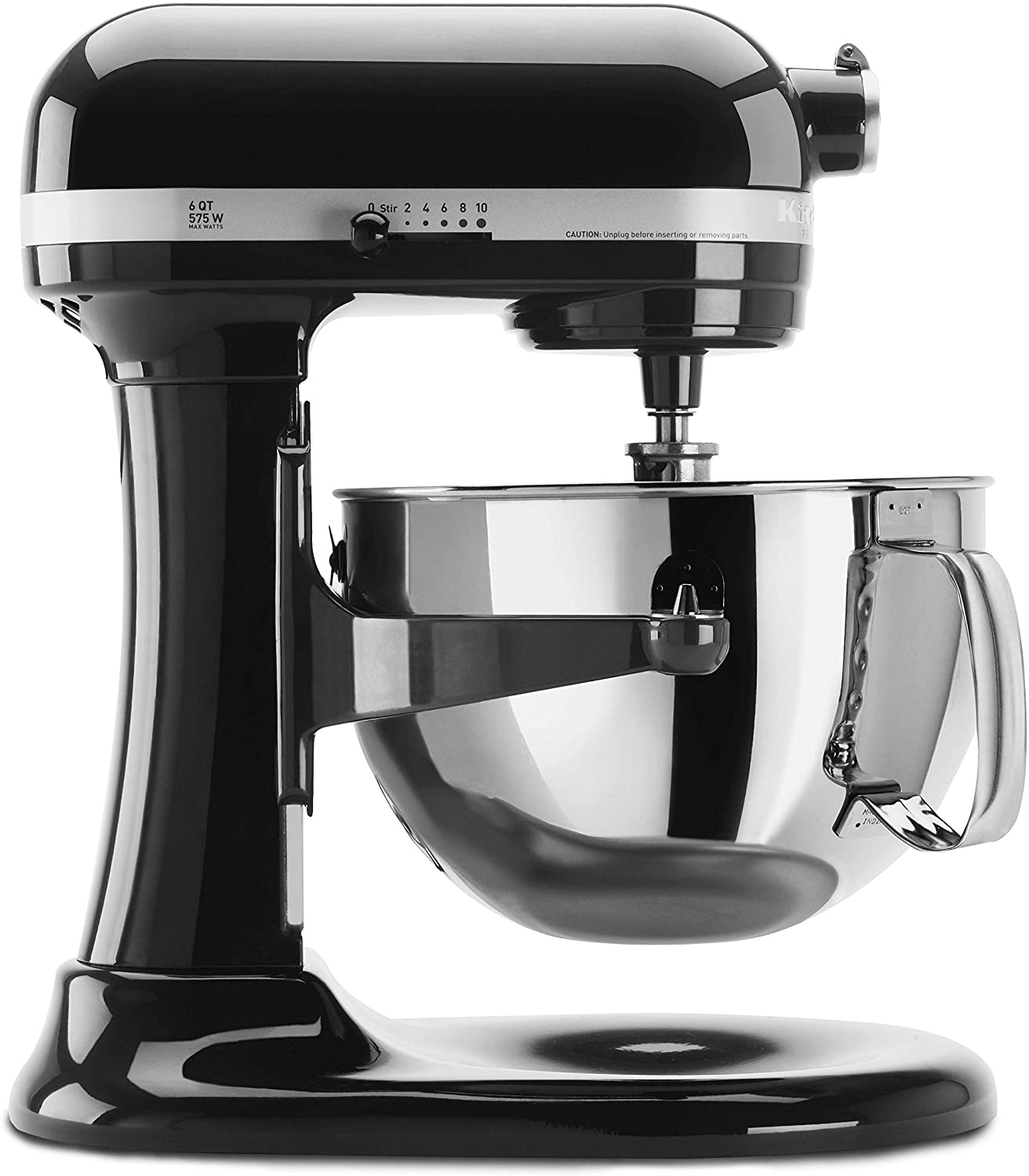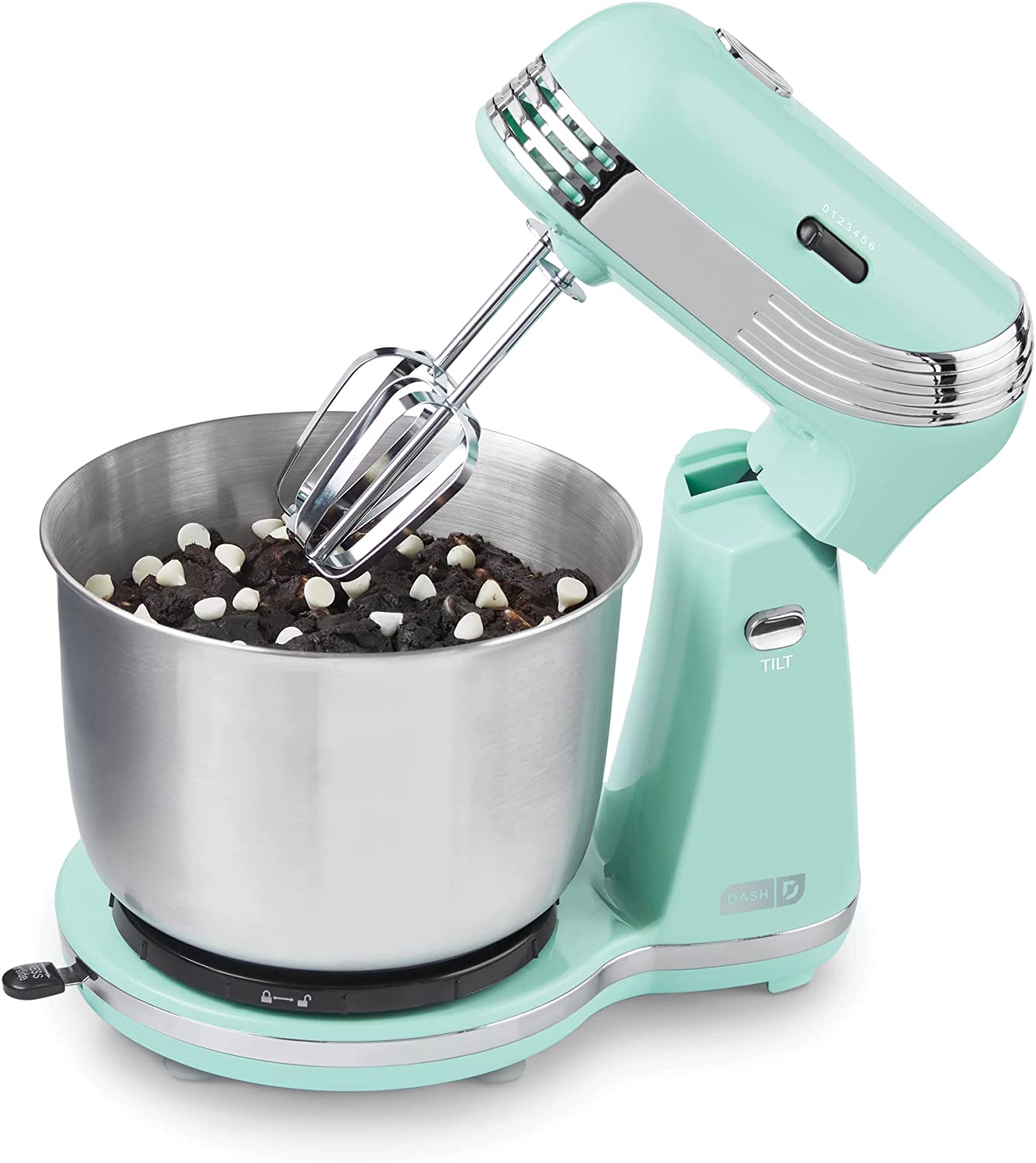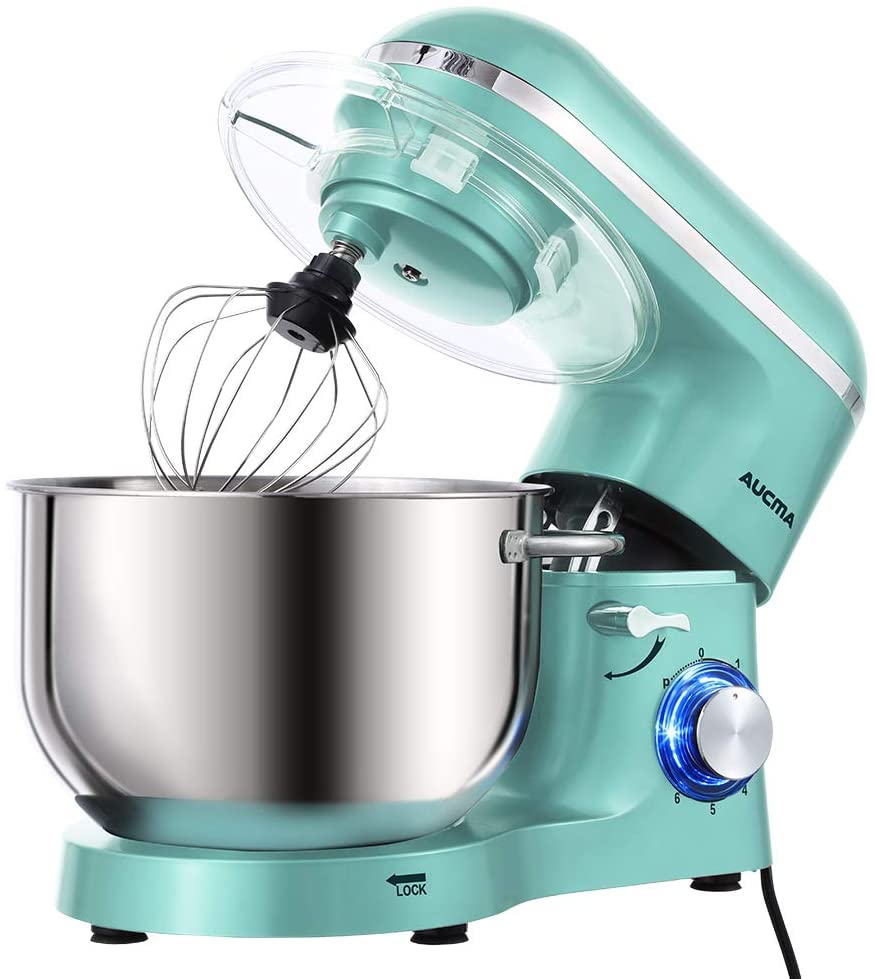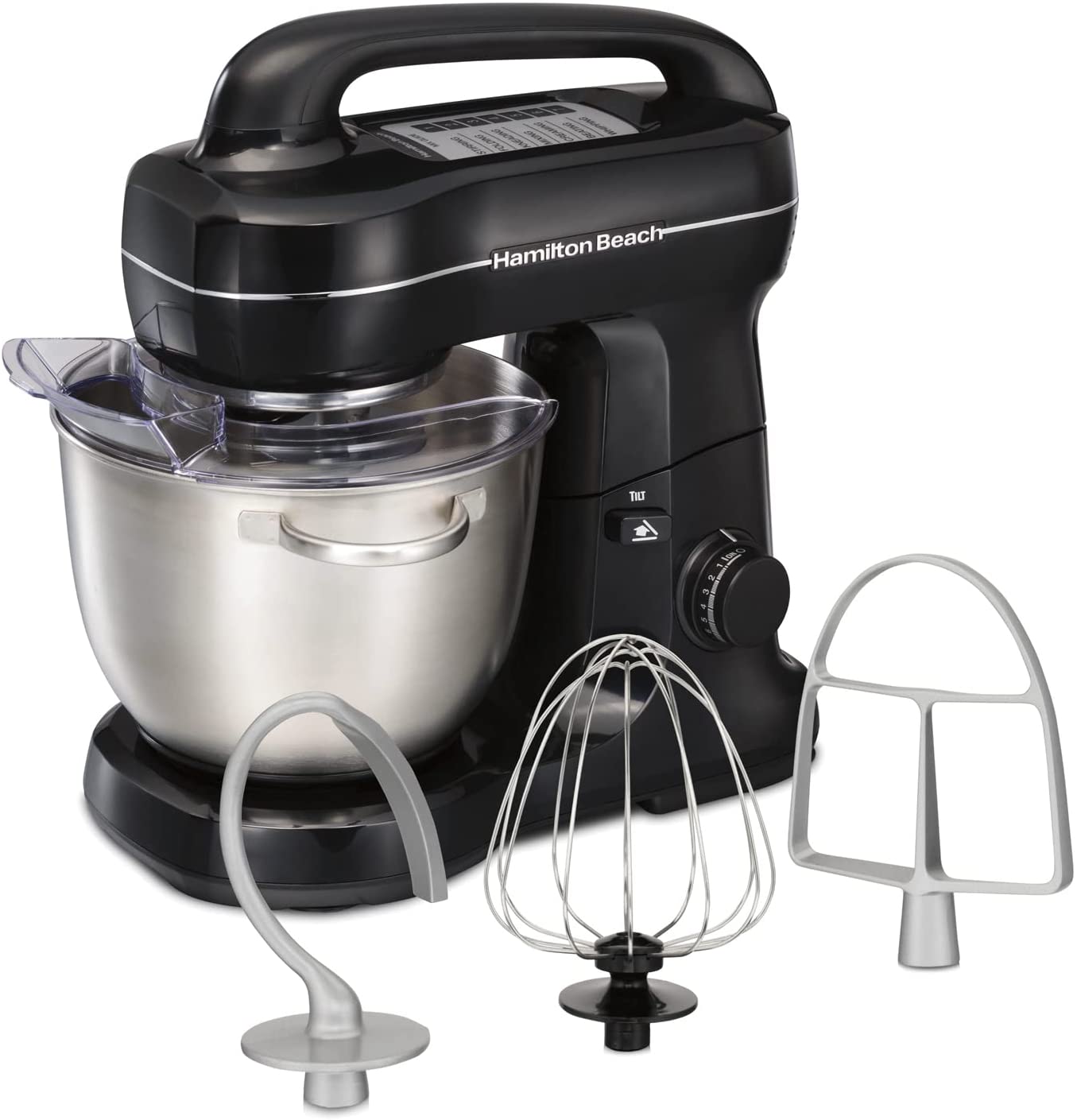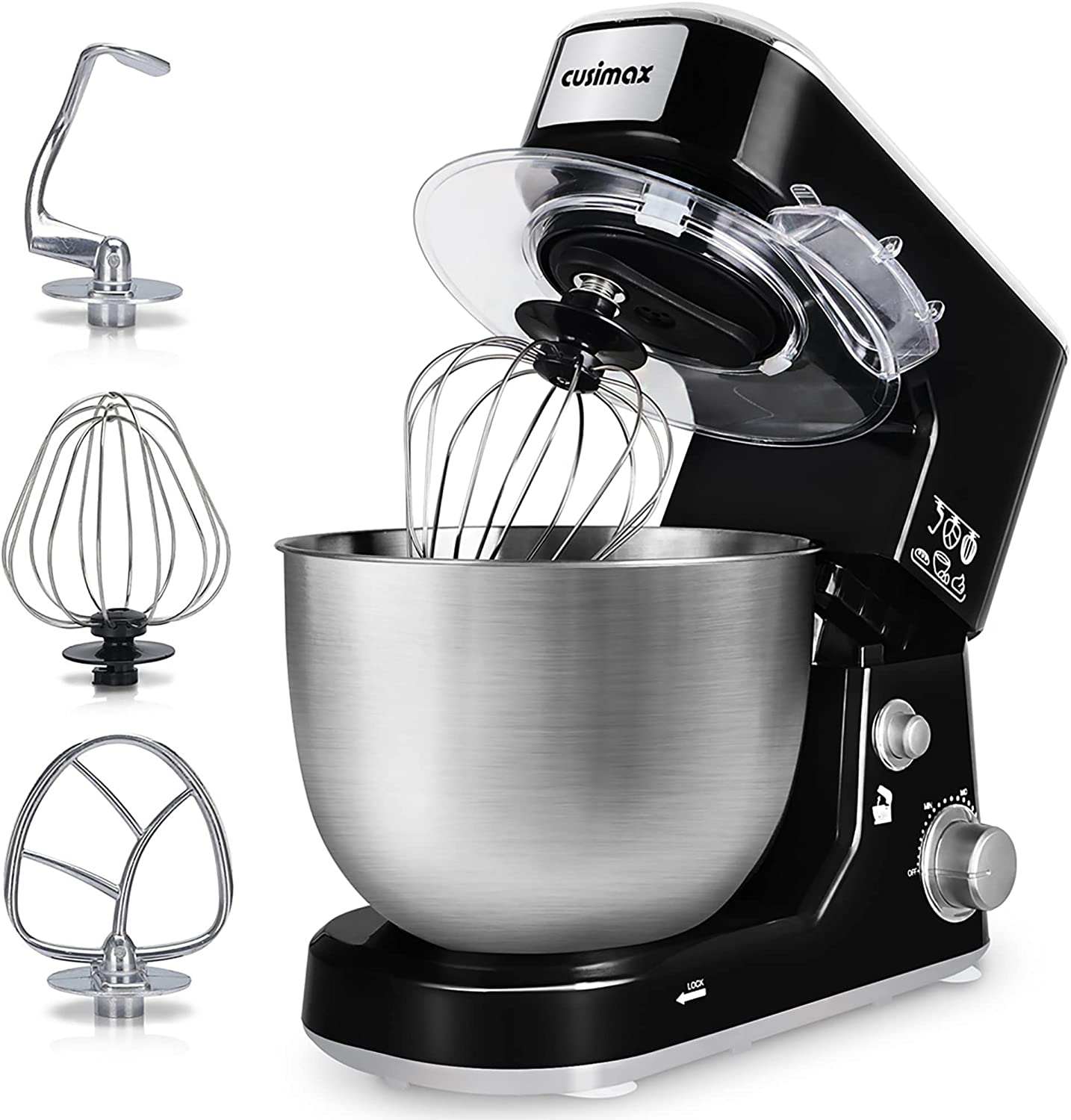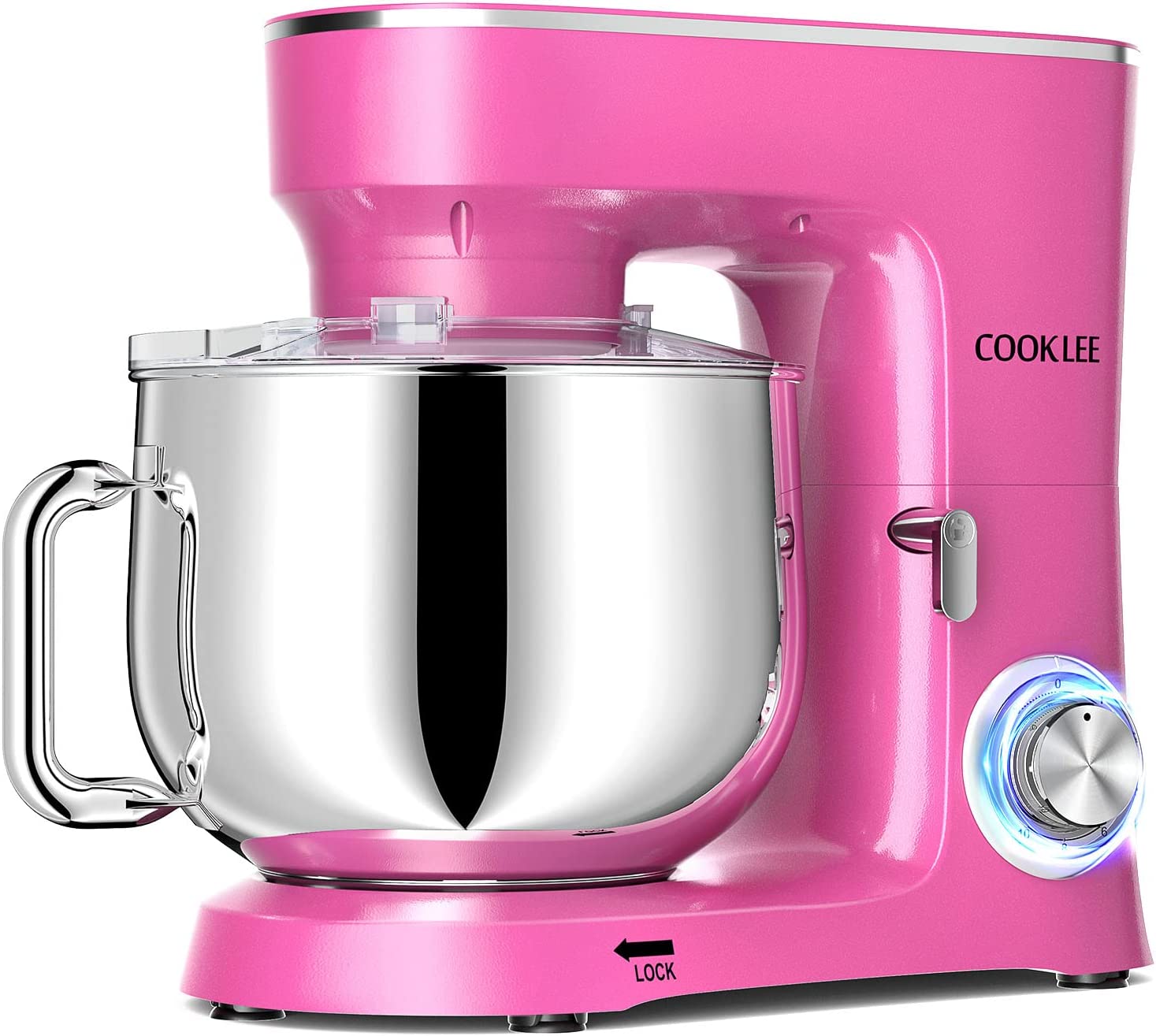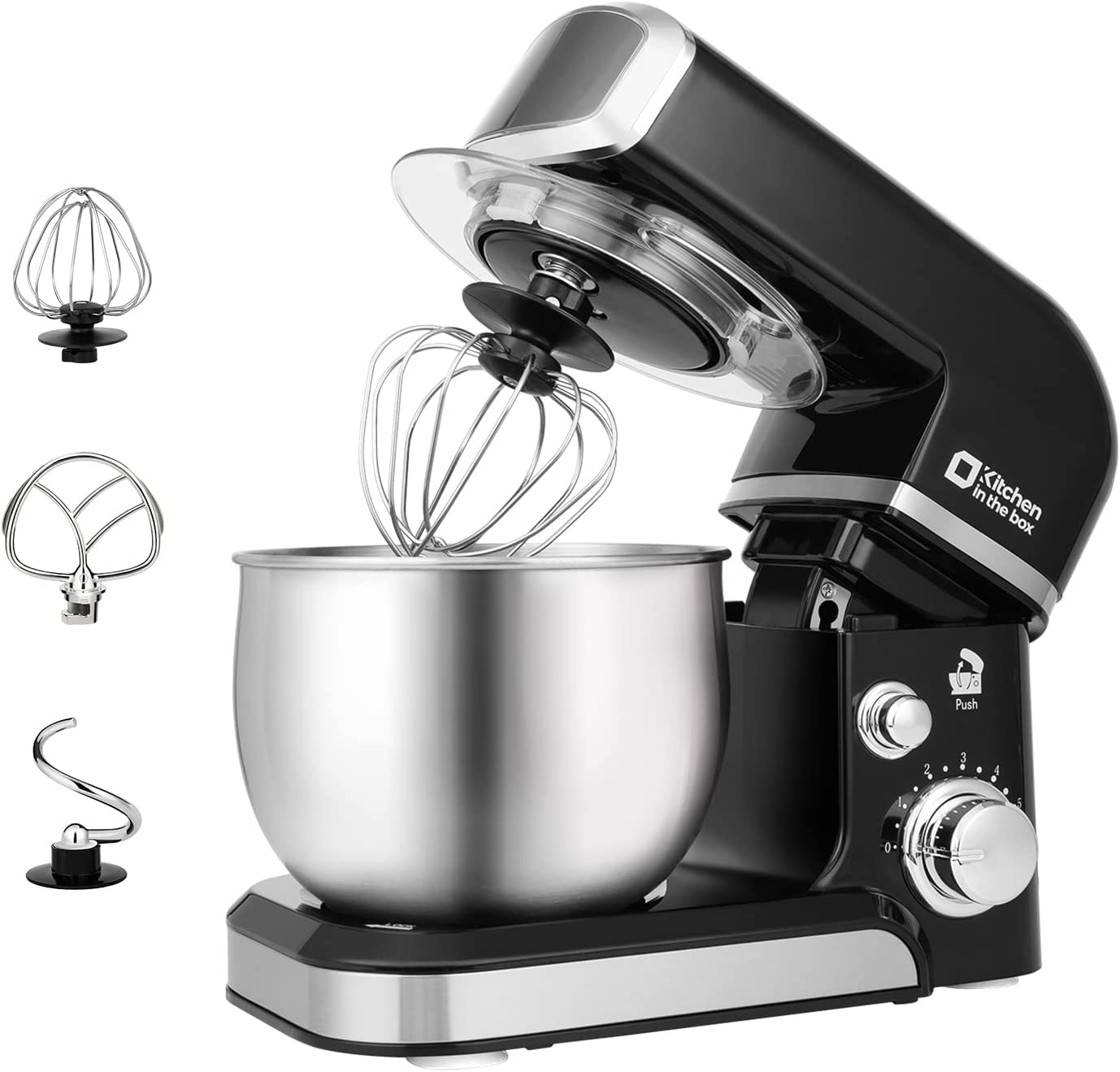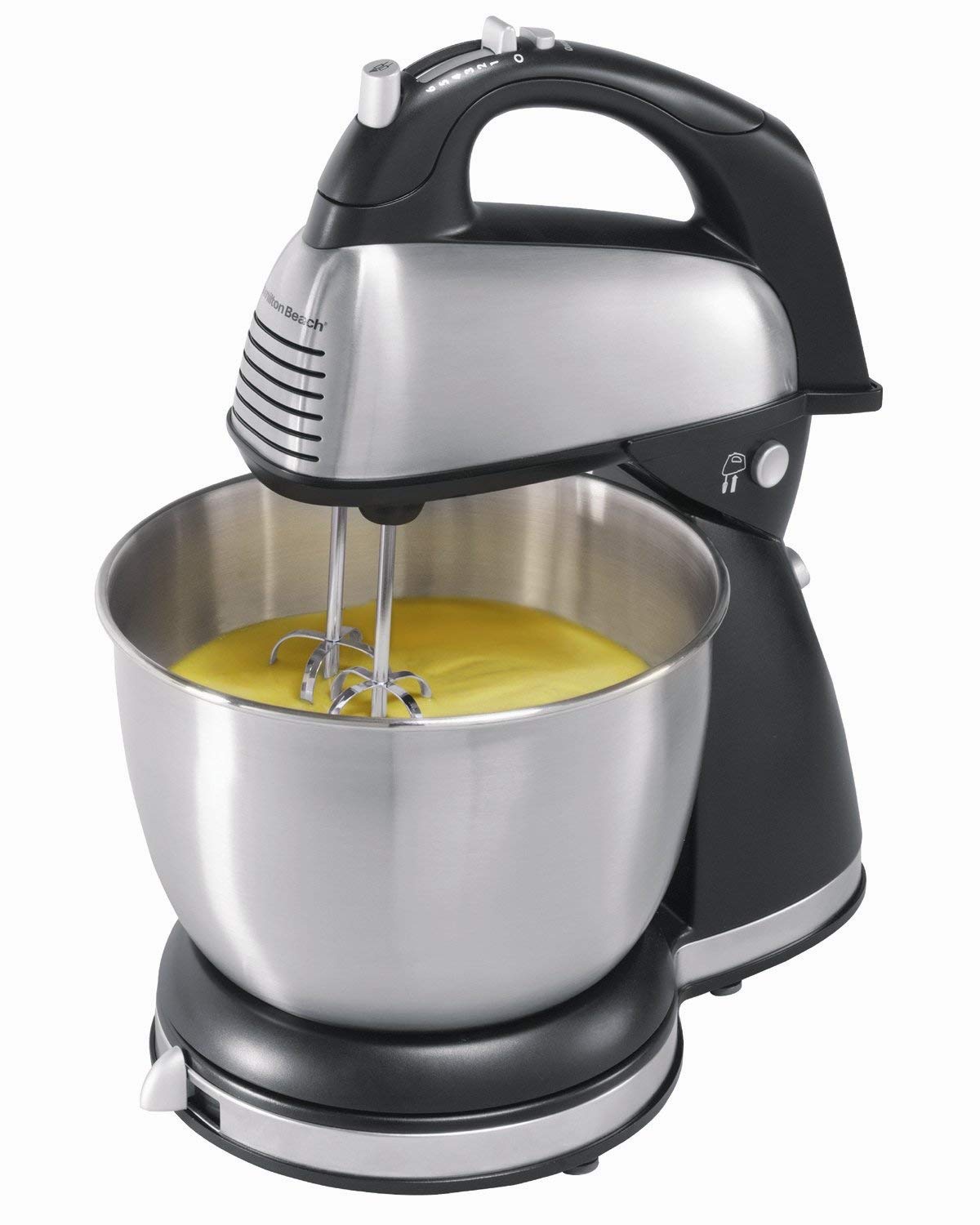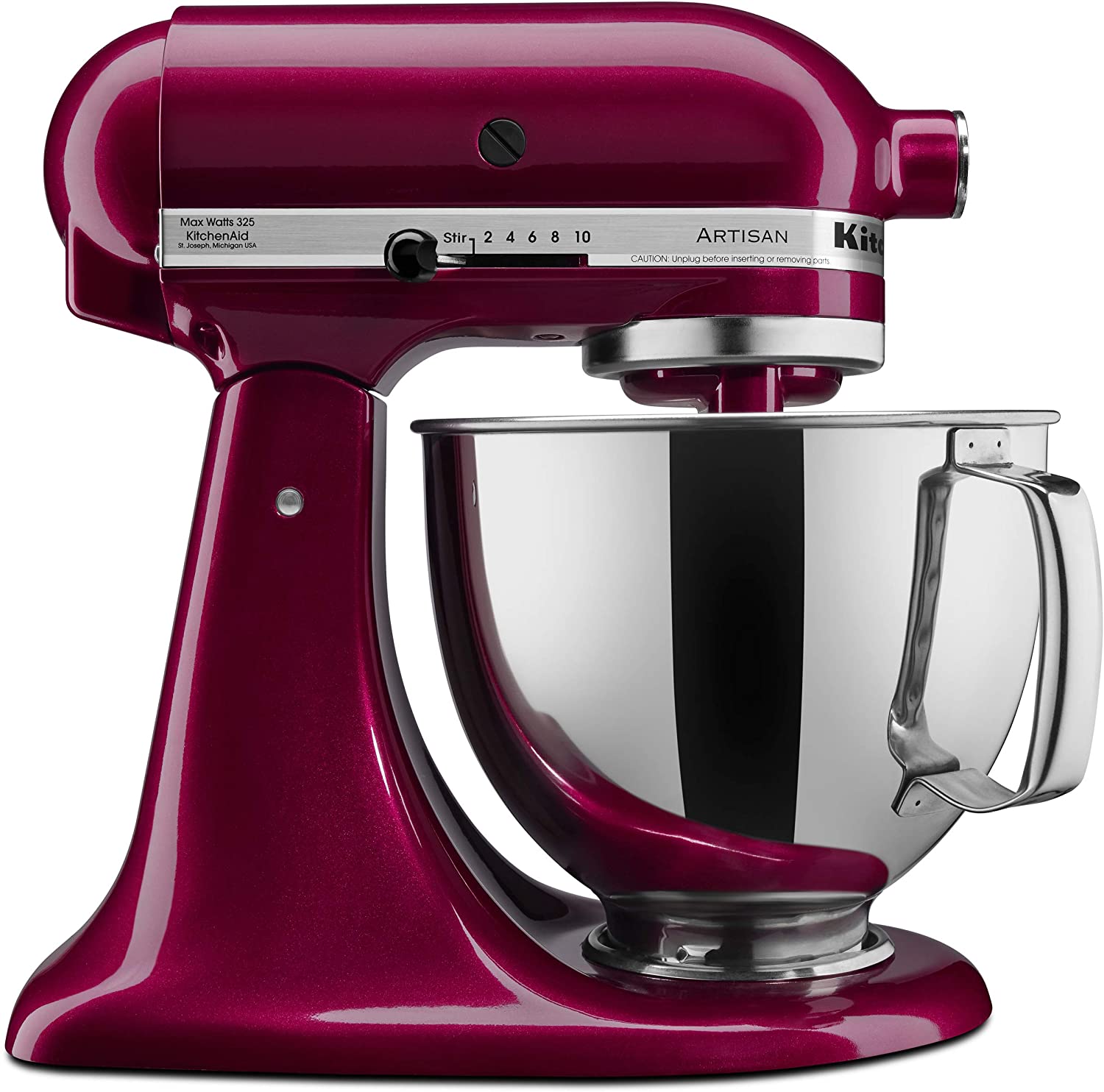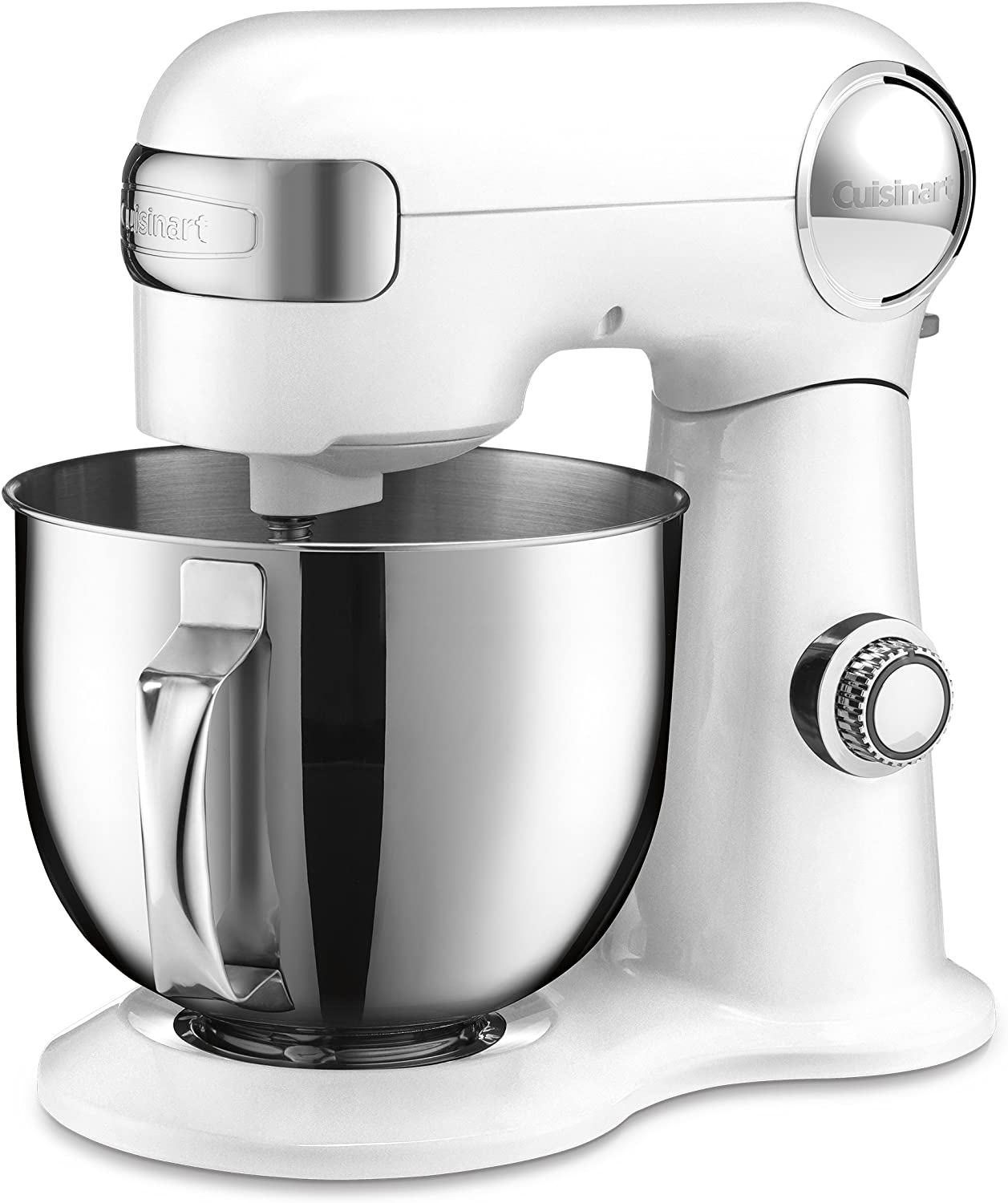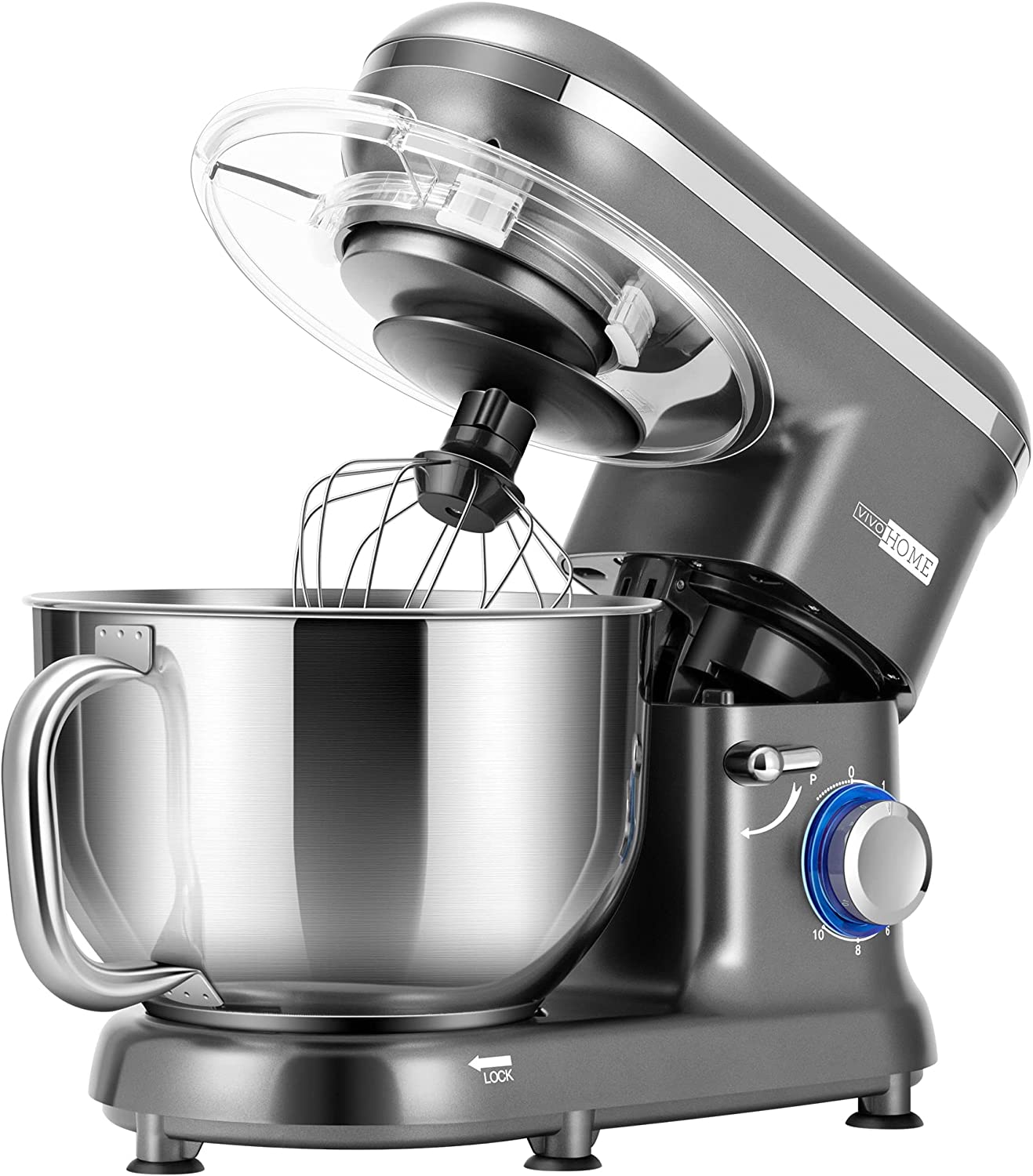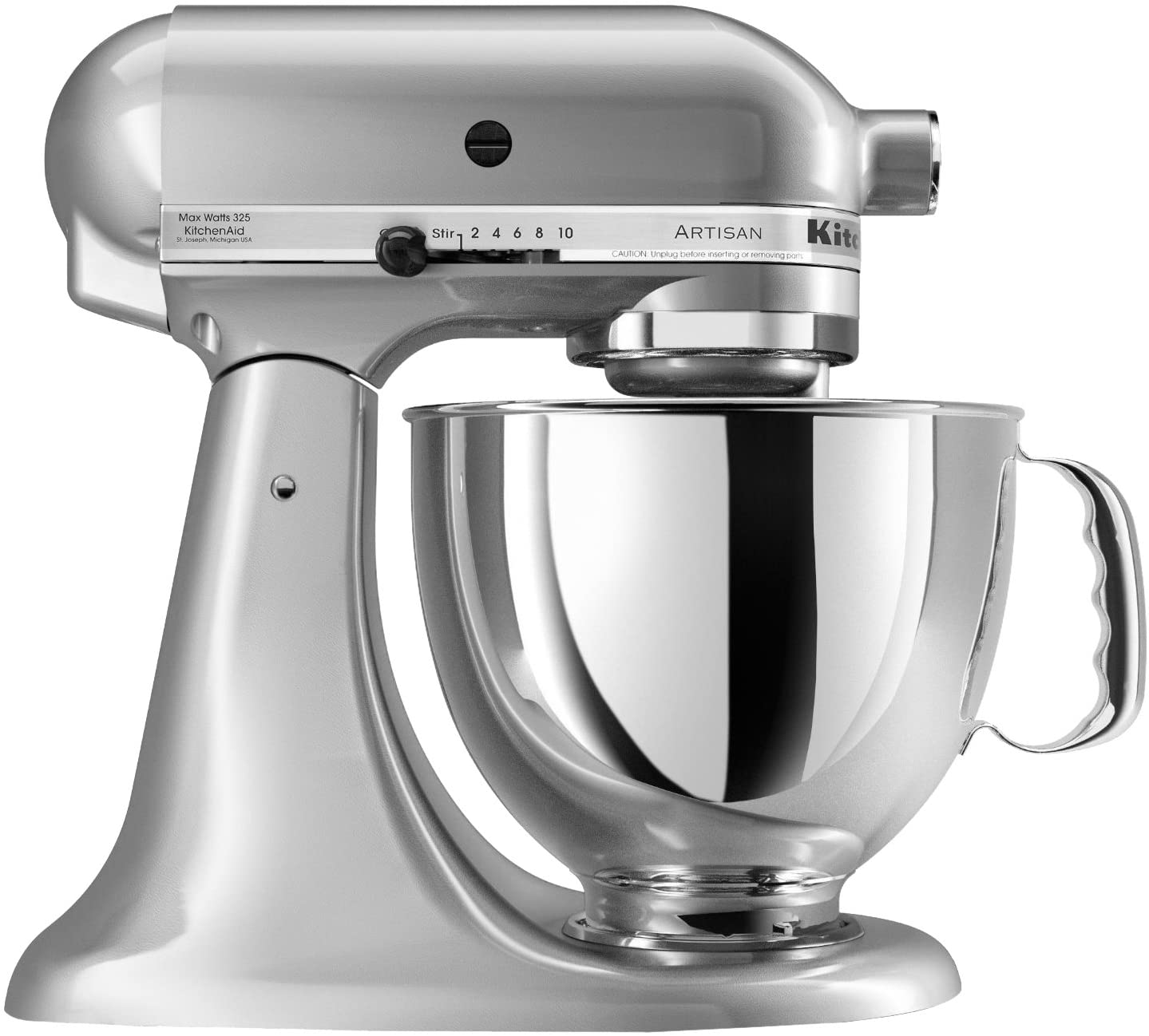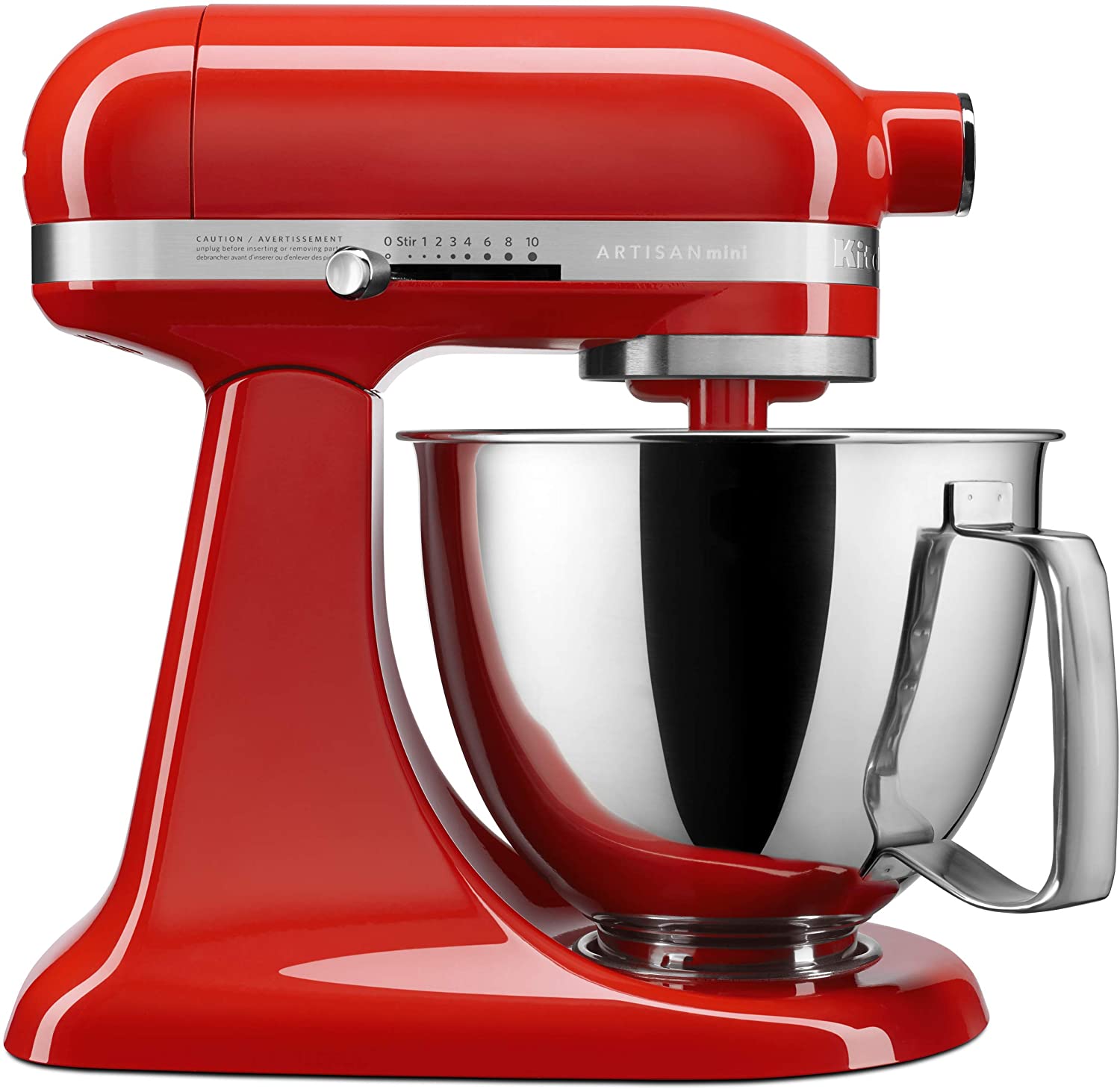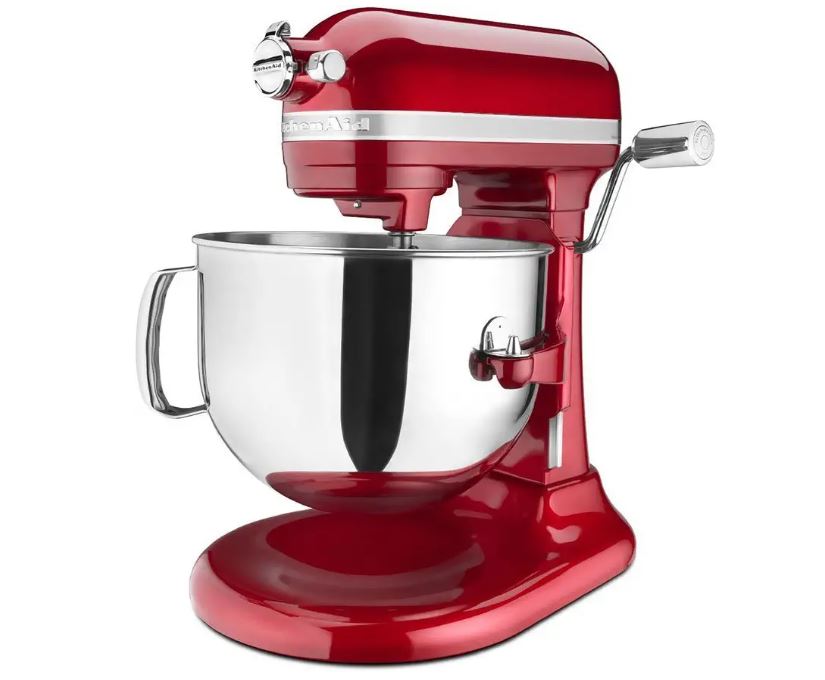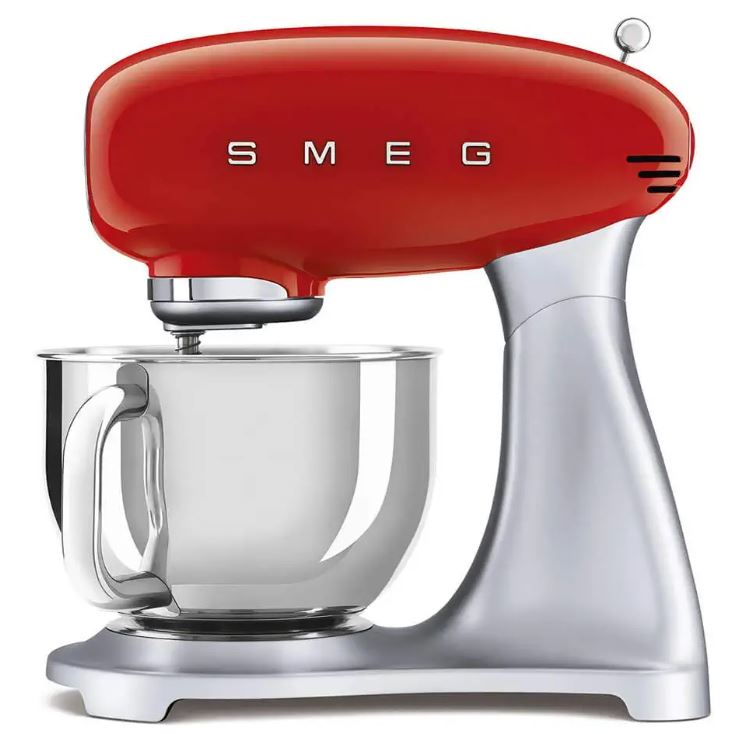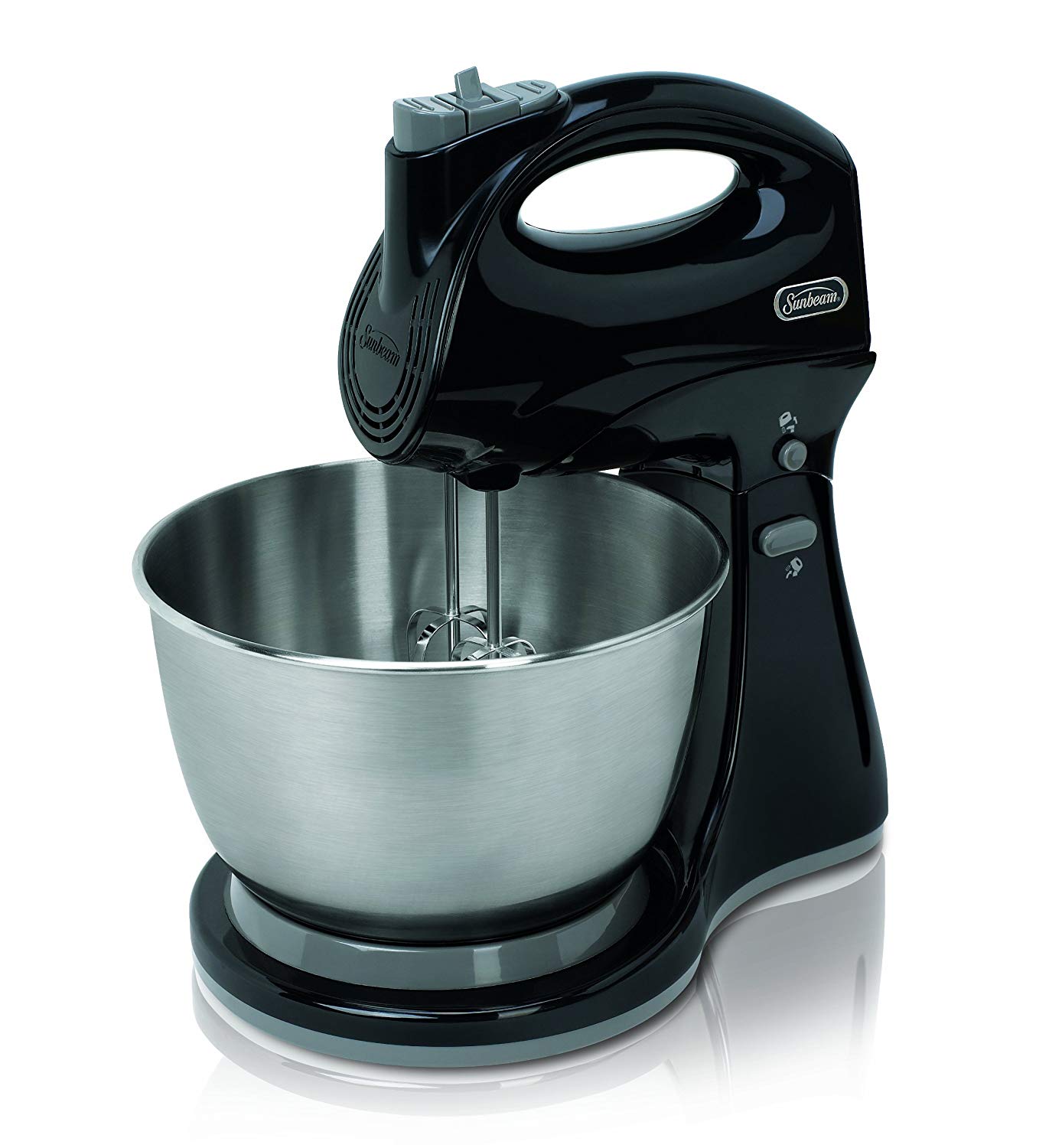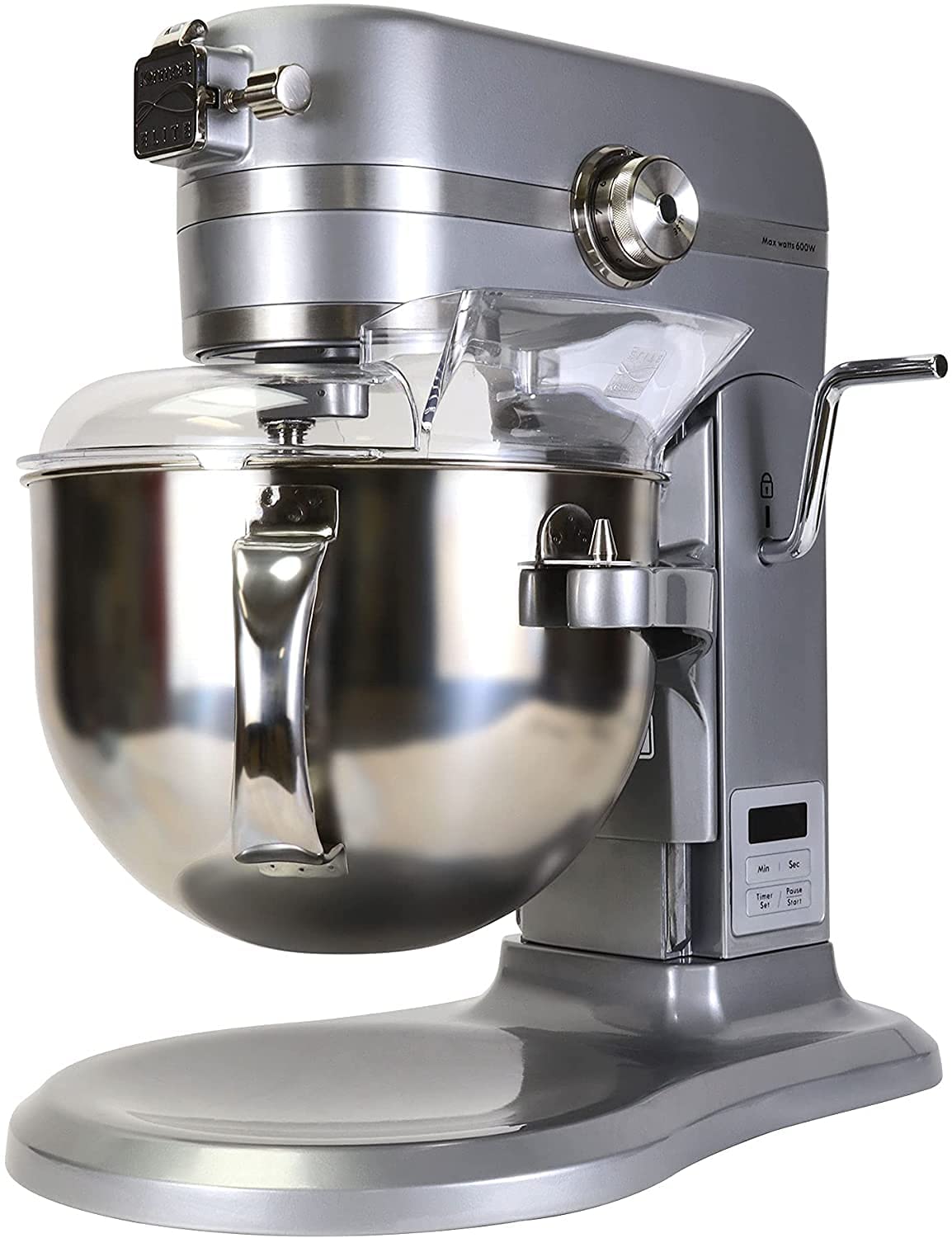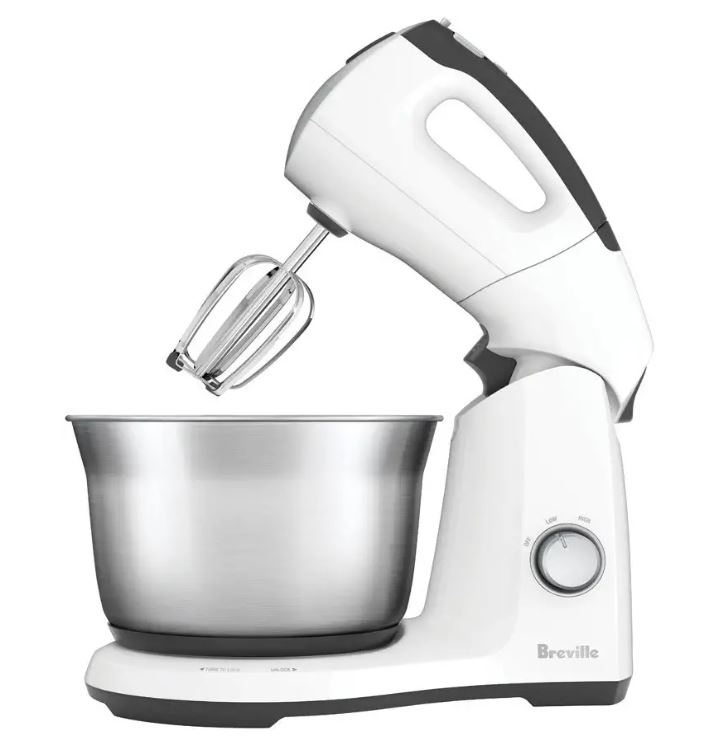KitchenAid 600 Series Multipurpose Stainless Steel Stand Mixer
Last updated: June 1, 2023
This stand mixer has a more powerful motor and larger mixing bowl. It also handles bread dough better than the Artisan models. Designed for bigger batches, this model provides enhanced kneading action due to the large dough hook. It also transforms into a multi-use appliance with a wide range of add-on attachments, like a meat grinder and grain mill.
We looked at the top Stand Mixers and dug through the reviews from some of the most popular review sites. Through this analysis, we've determined the best Stand Mixer you should buy.
Product Details
Key Takeaway: Whether you're baking for a large family or everyone at the office, this stand mixer with oversized mixing bowl can handle it.
In our analysis of 33 expert reviews, the KitchenAid Multipurpose Stainless Steel Stand Mixer placed 8th when we looked at the top 18 products in the category. For the full ranking, see below.From The Manufacturer
The Professional 600 Series 6-Quart Bowl-Lift Stand Mixer is perfect for heavy, dense mixtures. Burnished metal flat beater, PowerKnead Spiral dough hook and 6-wire whisk will help you mix, knead and whip ingredients into culinary masterpieces quickly and easily. And for even more versatility, the power hub fits optional attachments from food grinders to pasta makers and more.
Our Expert Consultant

Culinary Expert
Julie Chernoff is a long-time member of Les Dames d’Escoffier (past president of the Chicago Chapter, and current co-chair of the LDEI Legacy Awards Committee), the Association of Food Journalists (AFJ) and the International Association of Culinary Professionals.
Chernoff is the dining editor of Better, a lifestyle website and print magazine. Her journalism started in the test kitchens of Weight Watchers Magazine. She holds a BA in English from Yale University and is a graduate of the California Culinary Academy. She has spent the last few decades styling, photographing, teaching, developing recipes, editing, thinking and writing about food.
